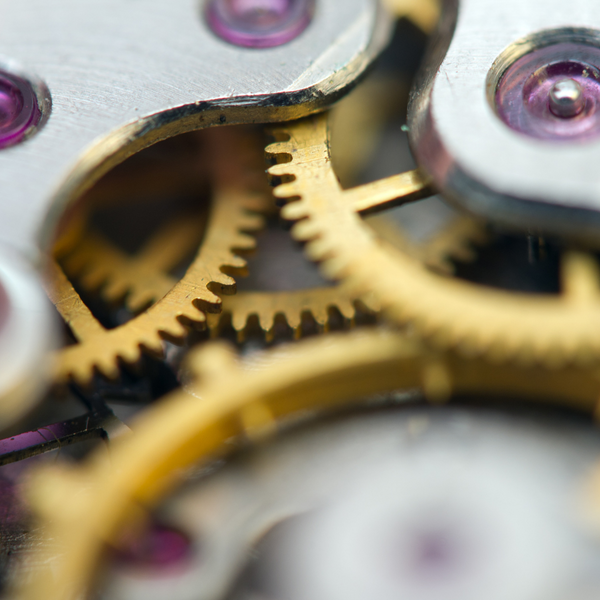Quartz vs Mechanical Watches: The Ultimate Watch Movement Guide
Sep 14, 2025
Quartz vs Mechanical Watches: The Ultimate Watch Movement Guide
Both quartz and mechanical watches tell the time…no surprise there. But the real question is this: which watch movement is better for you? The answer depends on lifestyle, budget, and what you want out of a timepiece. Some people value precision and ease of use, while others care more about tradition, craftsmanship, and the story behind the watch. Let’s break it down so you know exactly what belongs on your wrist.
Quartz Watches: Accuracy and Simplicity
Quartz watches changed the game when Seiko introduced the first one in 1969. Suddenly, watchmaking was no longer just about gears and springs, it was about technology.
Here’s how quartz works: the battery sends an electrical current through a quartz crystal, which vibrates at an incredibly steady frequency. Those vibrations are converted into pulses by a circuit, which drives a motor that moves the hands.
The result? A watch that’s ultra-accurate, affordable, and low maintenance. Change the battery every two to three years, and you’re good to go. Quartz watches are perfect if you want a “set it and forget it” timepiece that just works.
Mechanical Watches: Craftsmanship and Legacy
Mechanical watches are the opposite of quartz. No batteries. No shortcuts. Just centuries of engineering refined into a movement of gears, springs, and balance wheels working in harmony.
Mechanical watch movements use a wound mainspring as the power source. That energy transfers through gears to a balance wheel that oscillates at a precise rate to keep time. There are two main types:
- Manual wind watches, which require winding the crown every few days.
- Automatic watches, which feature a weighted rotor that winds the spring using your natural wrist movements. These still require a manual wind from time to time.
Even automatic watches need a crown wind from time to time, especially if they’ve been sitting idle. And because of their intricate design, mechanical watches, both manual and automatic, should be serviced every three to five years to maintain accuracy and performance.

